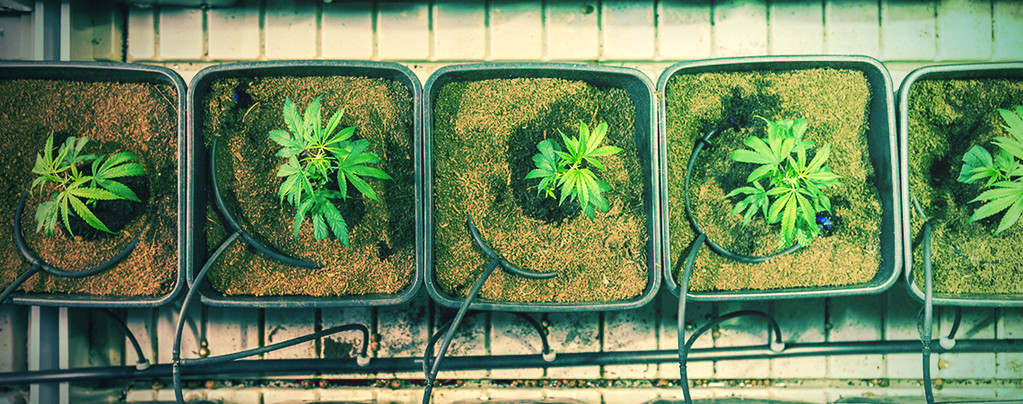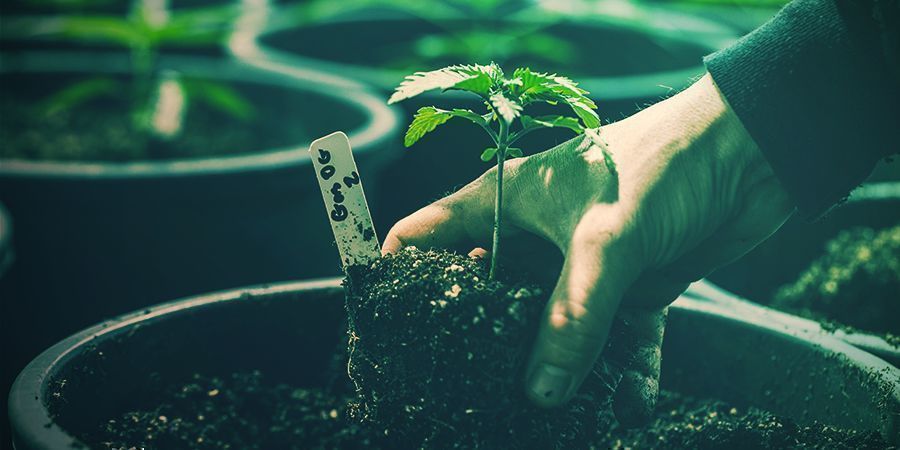When And How To Transplant Cannabis Plants For Bigger Yields
Next to trimming, transplanting is probably the biggest chore in a grower's life, but it's necessary if you want big, resinous flowers worthy of a High Times centrefold. We'll explain why transplanting is a must, along with when and how you should do it for best results. Your weed plants will thank you… with a bigger yield!
Sometimes, it's the simple things that make the difference between puny buds and monster colas. If you don't start your seedlings in small pots then transplant regularly until you're ready to flower, you could be sacrificing quite a bit of yield.
Transplanting plants takes a bit of effort, so a lot of growers put it off as long as possible, or they take shortcuts and start their plants in the final containers. Both extremes can cause problems.
Let's take a look at why you need to transplant, as well as when and how to do it.
WHY DO I NEED FREQUENT TRANSPLANTS?
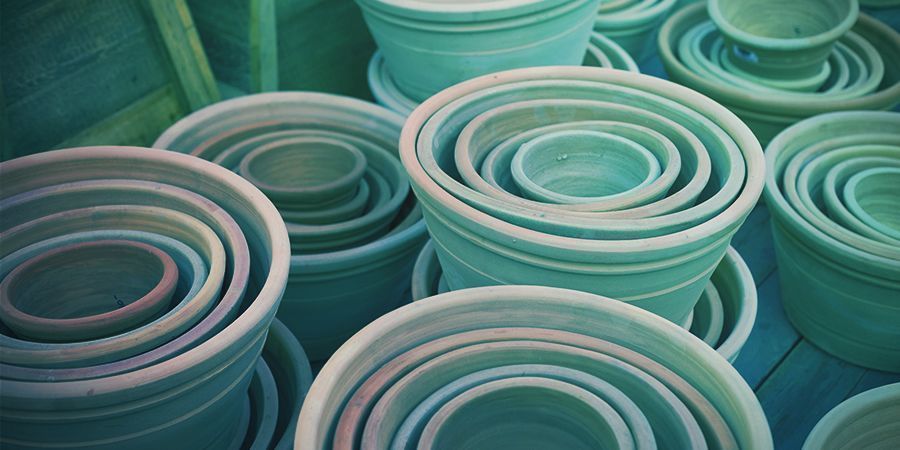
If you grow from cannabis seeds, the taproot will grow straight down in order to anchor the plant and keep it from tipping over. Secondary roots can grow in any direction, but they tend to go down too. By transplanting to a set of successively larger pots, you can control the root development, ensuring that you have roots evenly distributed through every layer of the soil. Otherwise, the majority of the roots will circle the bottom of the pot.
Without even root distribution, your cannabis plant won't be able to absorb as much air, water, and nutrients as it could if it was transplanted properly. The plant won't grow to its full potential, and this can have a huge effect on your yield.
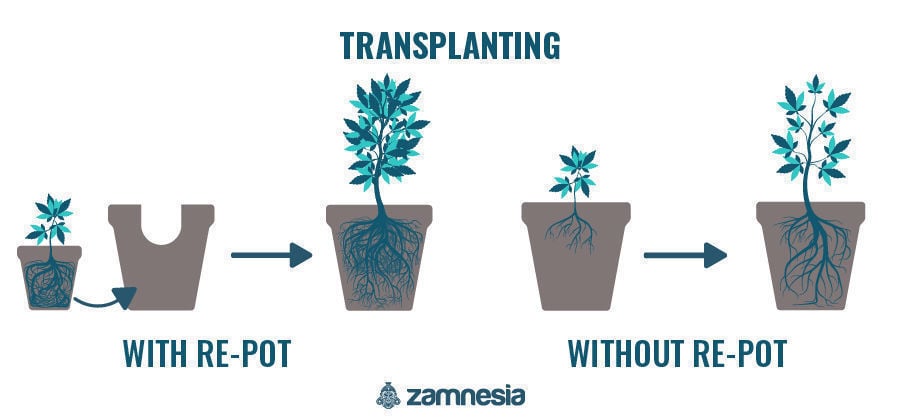
When a plant has outgrown its pot, it can quickly become root-bound if it's not transplanted in a timely manner. This happens when the roots have circled the inside of the pot so many times that they have nowhere else to go.
Allowing your plants to become root-bound at any time can affect your final yield. However, you can minimise the impact if it happens early in veg and you give your plants plenty of time to recover. If your plants become root-bound during the first few weeks of bloom, it'll be a different story. This will, without question, lead to a smaller harvest.
WHEN DO I NEED TO TRANSPLANT?
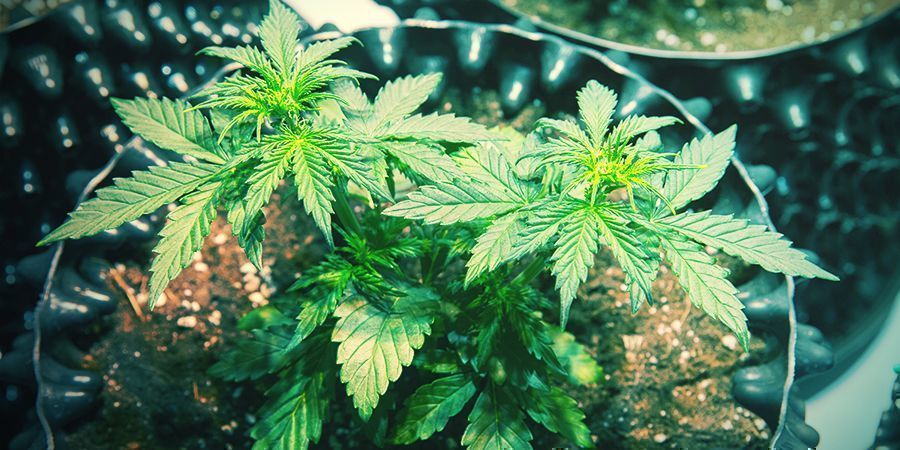
When cannabis plants grow, the roots develop first, followed by the stems and leaves. Most seedlings can be transplanted to small cups in about a week. After that, watch for the biggest set of fan leaves to extend past the lip of the pot. When that happens, it's time to transplant.
Typically, the first few transplants will only be about a week apart, then they should slow down to about once every two to three weeks until the plants are ready for their final and largest container as you prepare for the flowering stage.
Those are just rules of thumb. Some plants will need to be transplanted earlier. Some can wait longer. If you're in doubt, too early is always better than too late.
If you see any of these signs, it might be time to up-pot your plants:
- Plants dry out quickly
- Frequent wilting
- Visible signs of nutrient burn
- Growth slows down
- Sudden stretching
- Plants look too big for the pot
- Red stems or other signs of deficiency
HOW DO I TRANSPLANT CANNABIS PLANTS?
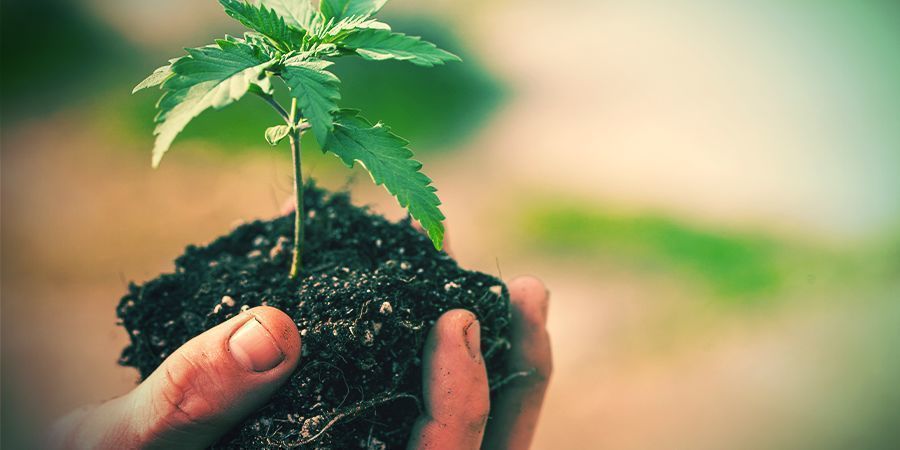
First, make sure you have enough pots in several different sizes. Most indoor growers start off in tiny cups, then move on to 1, 2, 4, 10, and 20L pots as the plants grow. You should also have plenty of your preferred medium on hand whether you like soil, coco, or a soilless mix. Water your plants 48 hours before transplanting so the soil is moist, but not wet during the move.
Follow these steps for each transplant:
-
Fill a slightly larger pot halfway with planting medium.
-
Pat lightly to make sure the soil will drain evenly.
-
Hold the current pot at an angle and give the bottom a little tap to loosen the root ball.
-
Now hold the pot in one hand and lay the other flat on the surface of your medium so that your index and middle fingers surround the stem. Then you turn the pot over and gently pull it up until the root ball loosens and comes out. It will usually come out in one chunk in the same shape as the pot, but if some dirt falls out or stays in the pot, it's OK. If transplanting a bigger plant, as the stem will probably be strong enough, hold the plant from the stem's base and pull the plant gently out of the pot in an upright position.
-
Don't touch or disturb the roots any more than necessary.
-
Place the root ball in the centre of the new pot and start to fill in the sides with new grow medium. You can also cover the surface with fresh soil.
-
Pack gently.
-
Use water or half-strength nutrients to moisten the soil and encourage the roots to grow.
-
You can dim the lights for the next 24–48 hours to speed recovery, but it's not strictly necessary.
A SIMPLE HACK THAT CAN MAKE TRANSPLANTING EASIER
If you like the simplicity that comes with using the final pot for every stage of the grow, this hack is a good compromise, even if it does require some up-front prep work.
Gather all the pots you think you'll need to take your plants from seedling to harvest.
Fill up the biggest one halfway with your preferred grow medium, sit the next smallest in the middle, then fill in the sides with soil. Repeat with the next-smallest and continue until you get to the final pot. This one will hold your tiny, immature plant.
As the plant grows and the roots fill the current pot, remove it along with its current pot from this nested container system. Once you discard the planter, the root ball will fit almost perfectly in the existing hole. Continue transplanting as the plant grows until you reach the biggest container.
This is a good way to make sure you don't get so busy with life that you procrastinate and hurt your final yield.
SUMMARY

Transplanting cannabis plants takes time and effort, but it will pay off at harvest with healthier plants, bigger yields, and, hopefully, higher bud quality. Pay attention to your plants and they'll tell you when they're ready for a bigger home. Be careful when you switch pots so that you don't damage the fragile root system. Simple hacks like the one we suggested above can minimise the amount of work it takes when it’s time to up-pot. What do you think is the best way to transplant?
-

4 min 19 May, 2022 Top 10 High Yielding Feminized Cannabis Strains Just by picking the right strain, yields can be improved dramatically. All the research, preparation, and cannabis care cannot outweigh the importance of choosing strains with proven genetics.
-
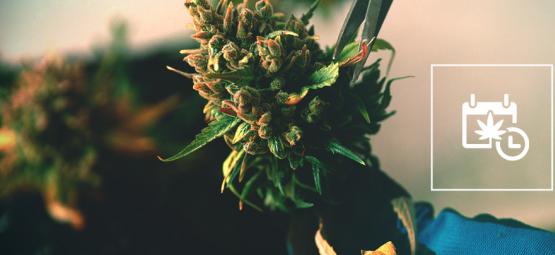
4 min 16 April, 2020 How To Speed-Up Cannabis Flowering And Harvest You don't have to wait months upon months to smoke your home-grown weed. You can manipulate the growing cycle to ensure your buds are ripe and ready in a matter of weeks.
-

5 min 26 October, 2018 Top 10 Tips To Grow Weed Trees Blow up your grow with Monster marijuana plants. If you want super heavyweight harvests, you need to make some changes. Forget what you have been told about the limitations of indoor cannabis...
-
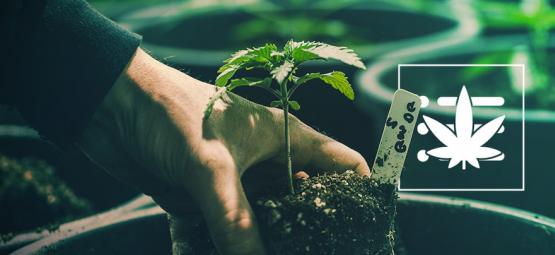
6 min 6 June, 2018 How To Grow Your First Cannabis Plant In 10 Steps For some, cannabis cultivation is a hobby. Many growers want to become marijuana self-sufficient. Others aim to turn pro. Regardless, it all begins with a seed. In this step-by-step guide, we offer...
-

3 min 23 January, 2018 Top 5 High Yielding Autoflowering Strains If growing large amounts of high-quality cannabis in short periods of time is something that appeals to you, checking out some of these autoflowering strains may be in your best interest.
-

4 min 16 October, 2017 How To Grow Huge Ass Buds: 10 Steps To Success Cannabis cultivators of all levels have one thing in common. We are all looking for a fat stash of our favourite marijuana. If you want to grow enormous cannabis colas, you need to take 5 minutes...




 Seedshop
Seedshop Headshop
Headshop Vaporshop
Vaporshop Healthshop
Healthshop Smartshop
Smartshop Shroomshop
Shroomshop Plantshop
Plantshop United States
United States
